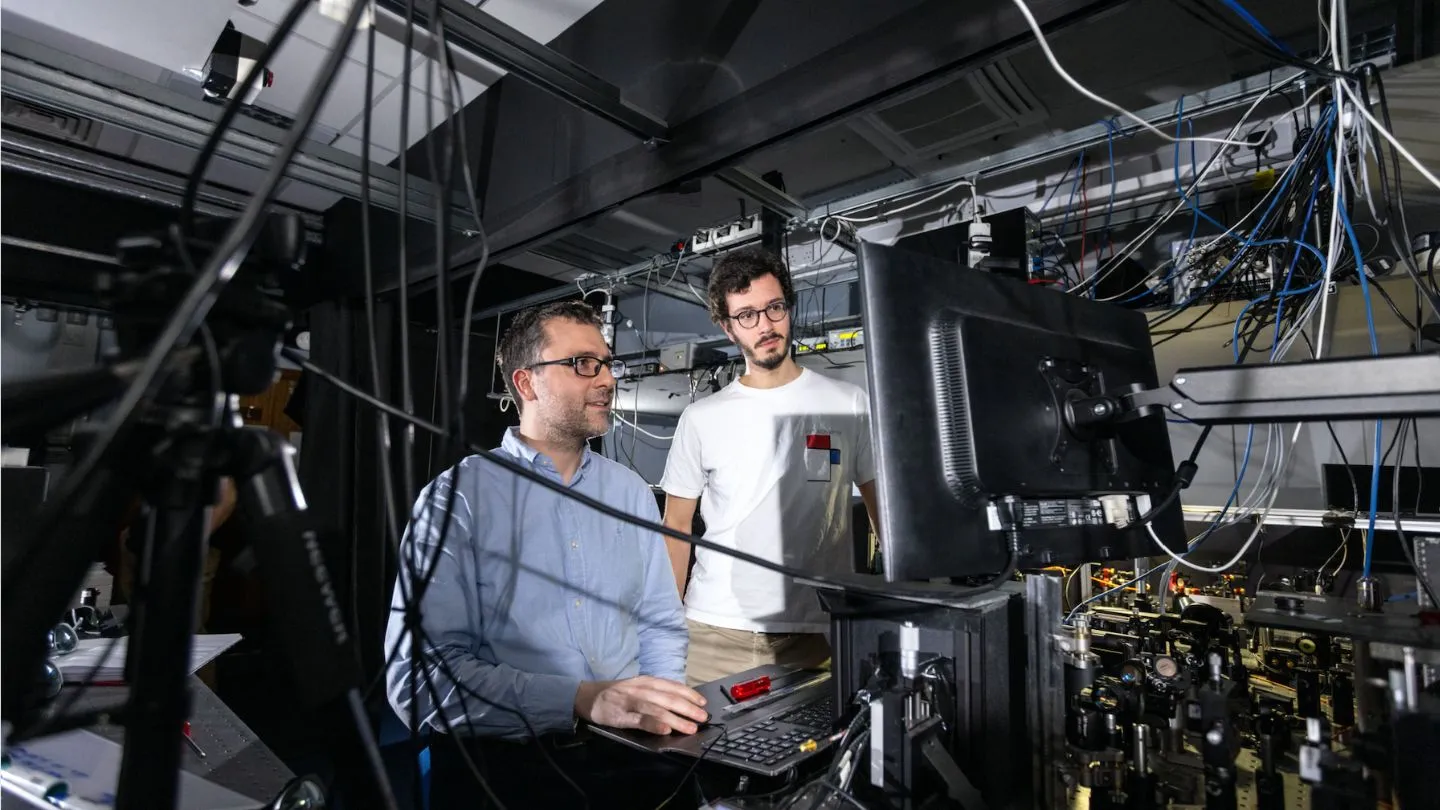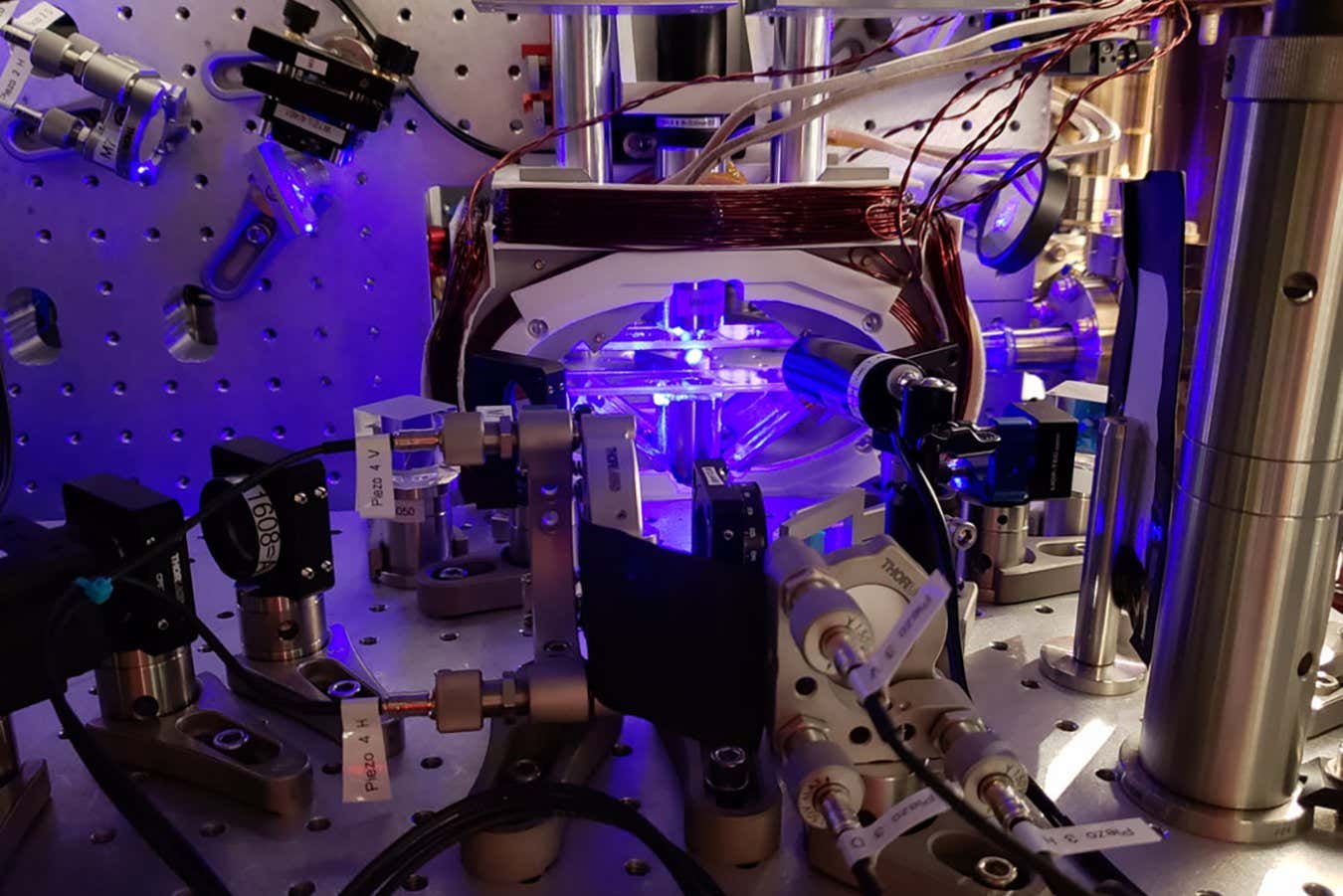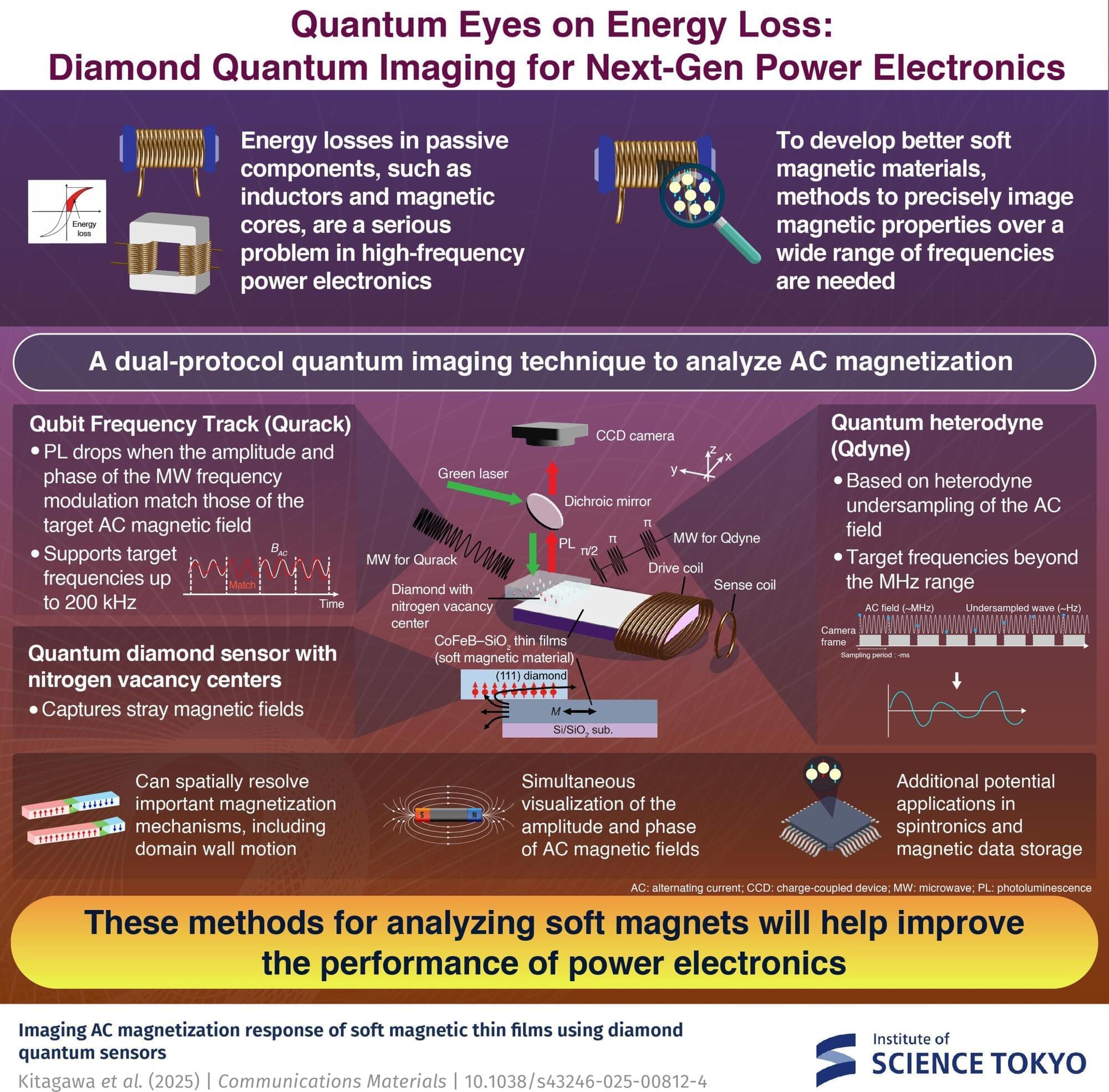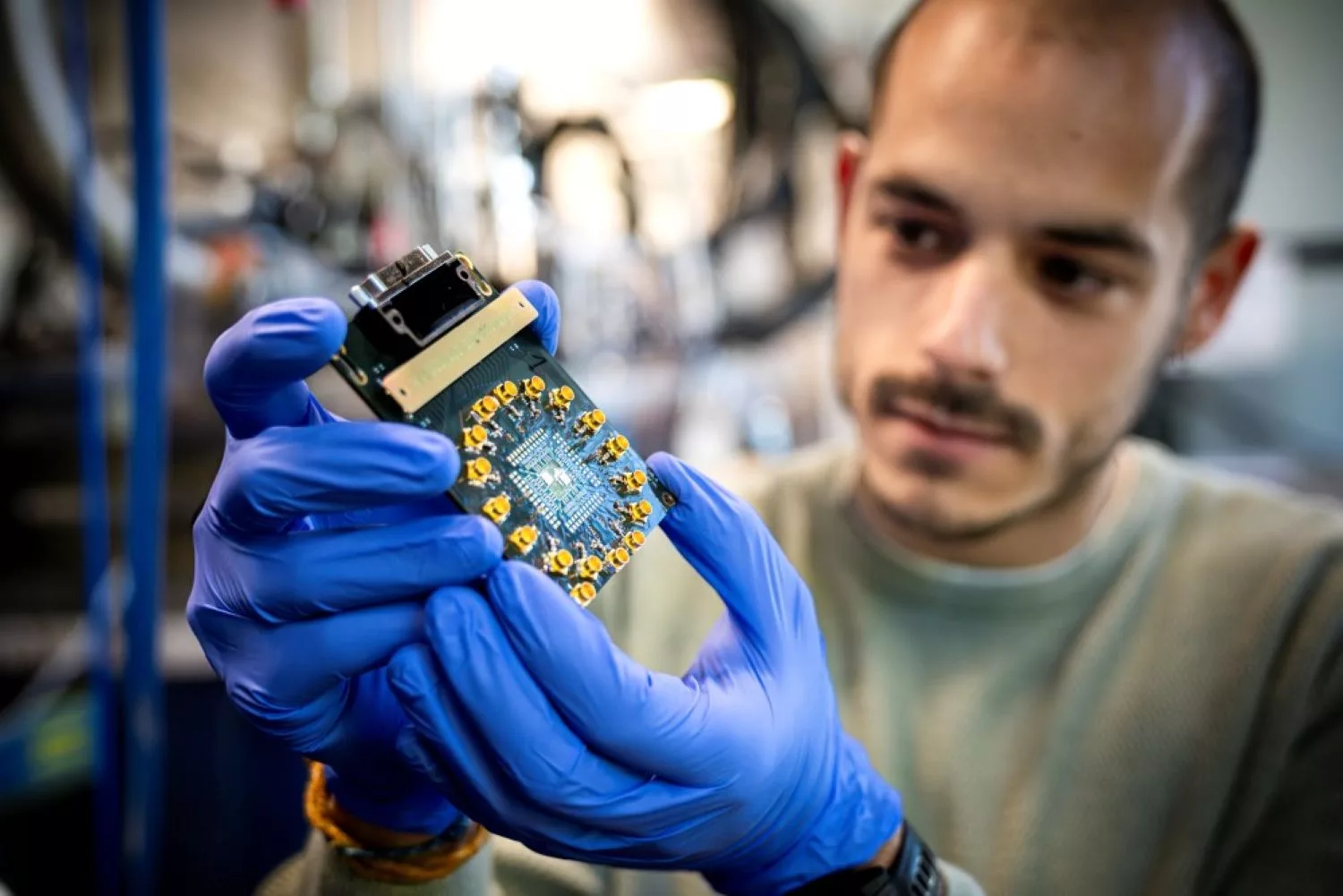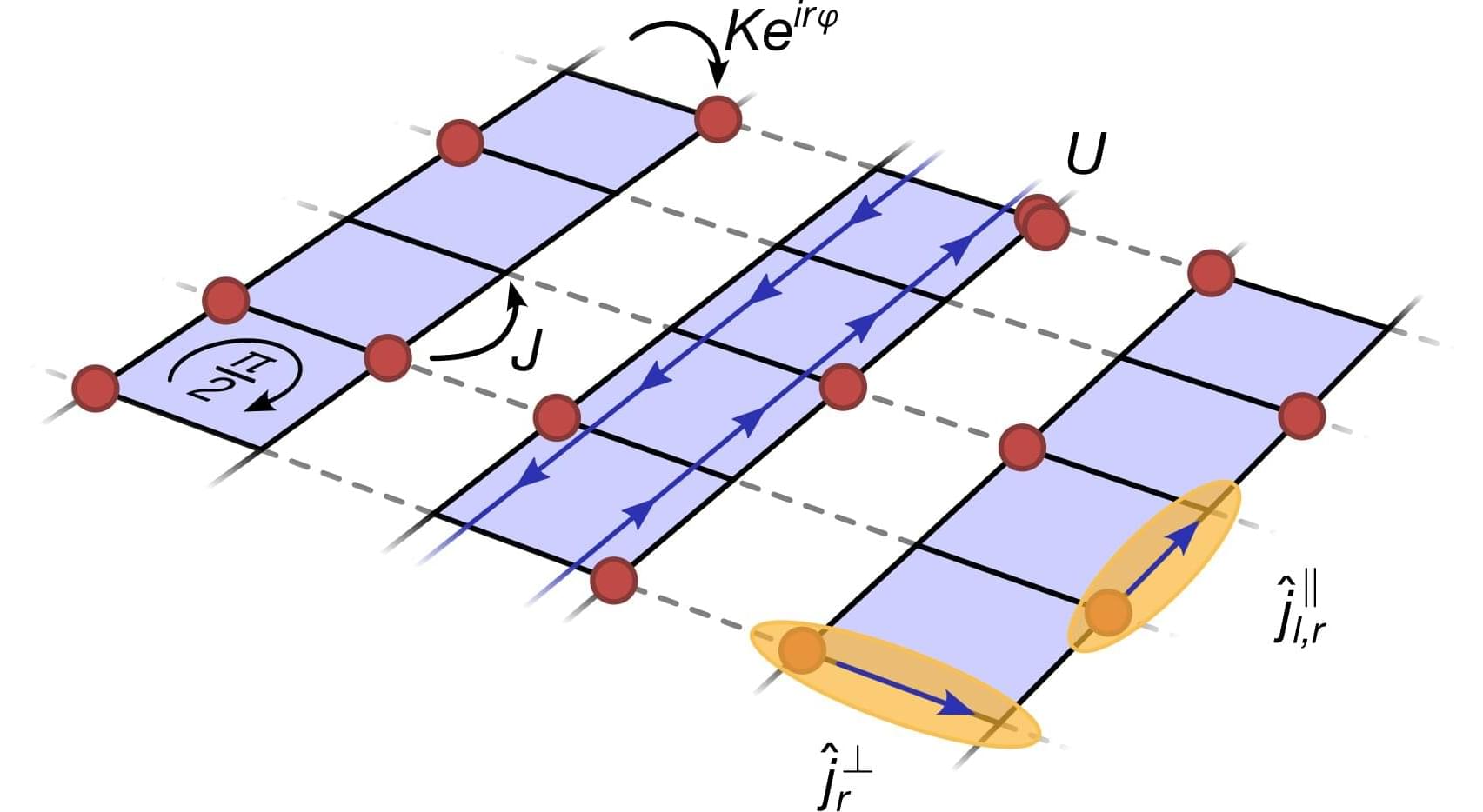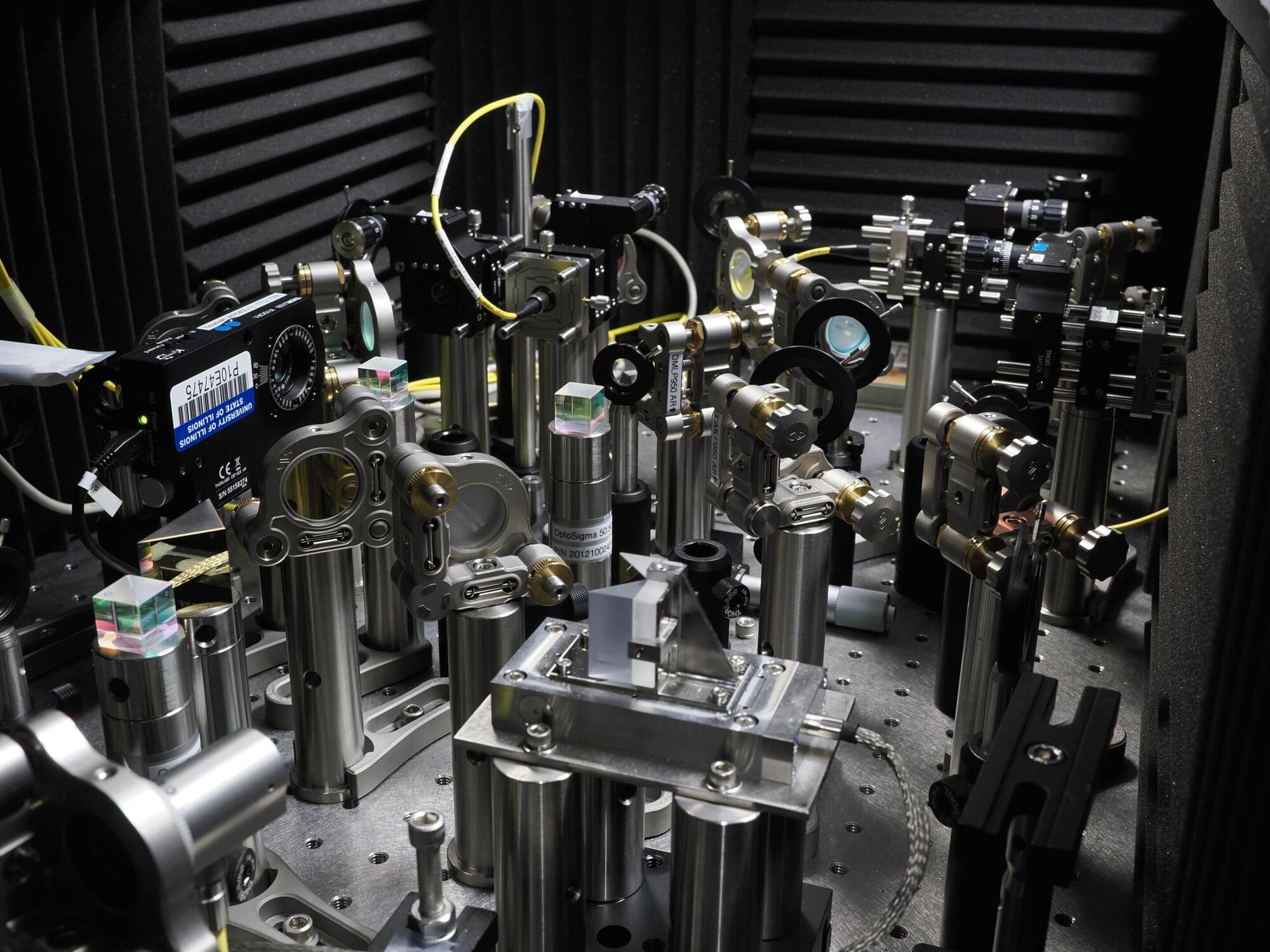We’re announcing the world’s first scalable, error-corrected, end-to-end computational chemistry workflow. With this, we are entering the future of computational chemistry.
Quantum computers are uniquely equipped to perform the complex computations that describe chemical reactions – computations that are so complex they are impossible even with the world’s most powerful supercomputers.
However, realizing this potential is a herculean task: one must first build a large-scale, universal, fully fault-tolerant quantum computer – something nobody in our industry has done yet. We are the farthest along that path, as our roadmap, and our robust body of research, proves. At the moment, we have the world’s most powerful quantum processors, and are moving quickly towards universal fault tolerance. Our commitment to building the best quantum computers is proven again and again in our world-leading results.

